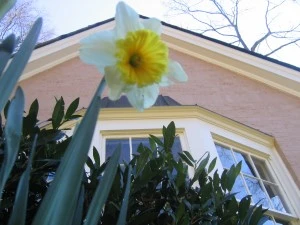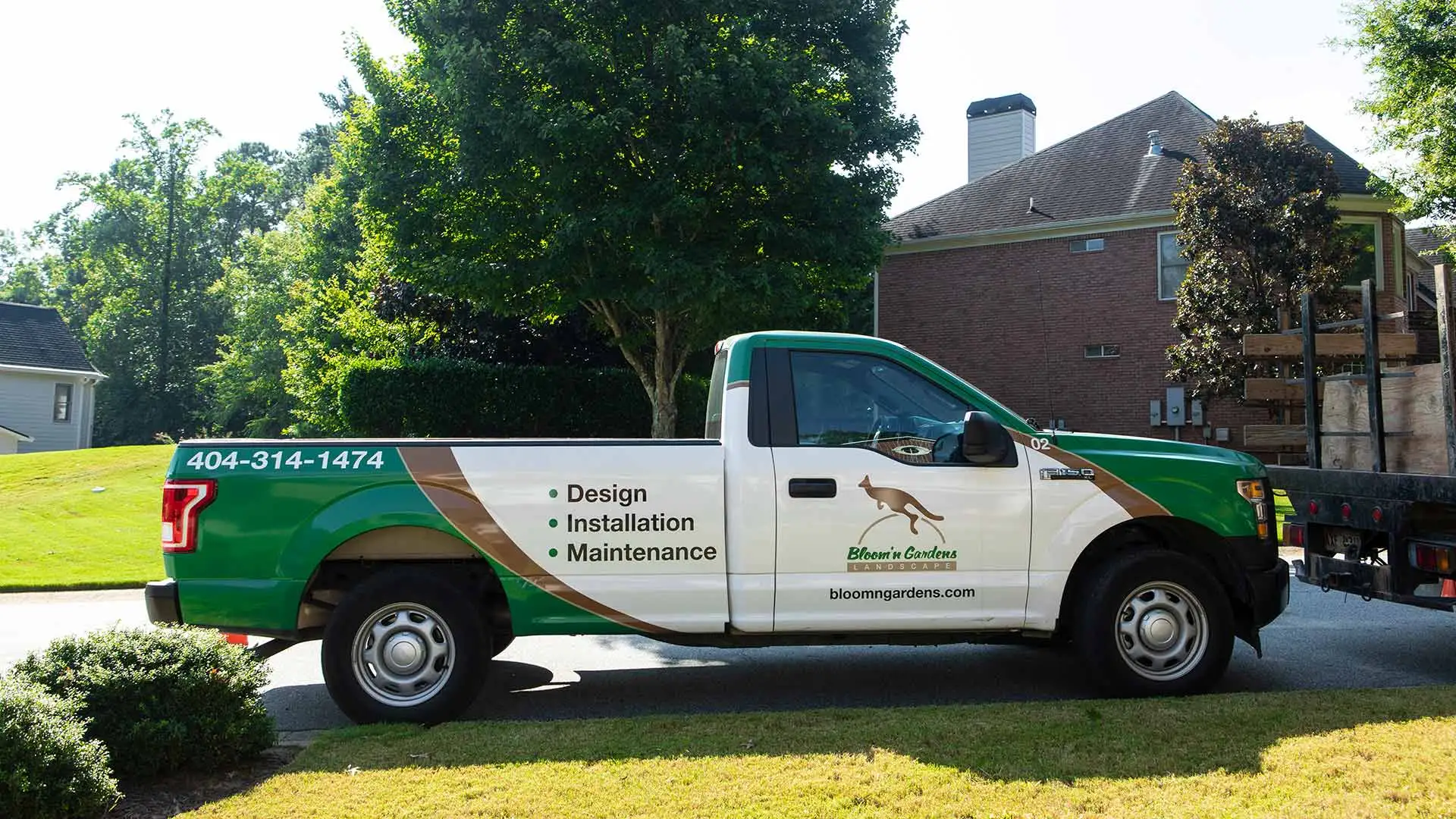 With the very warm temperatures we have been experiencing this winter it is really hard to believe it is only February. While the common individual relishes when the thermometer reaches into the 60o in January and February, the true gardener may cringe just a little and wonder what will happen to buds and foliage that have already started to peak out. In my yard, I have Okame cherry’s blooming right beside camellias and many of my daffodils and crocus have nearly full heads of foliage. Around town, I have seen Quince blooming happily all over the place and I halfway expect to see some Forsythia blooming in the near future, if things do not turn around soon. Most of the plants that I have mentioned usually bloom in mid to late March. This year they are appearing just a bit early. Many of you might ask what will happen if it does finally decide to get cold outside? Well that depends on a number of factors. Winter damage is not typically a problem if we have a consistently cold winter; it usually is the result of dramatic fluctuations in temperature. We, unfortunately, may be on this end of the spectrum. Plants that are not properly acclimated and completely dormant may suffer unduly under a quick cold snap. Once spring growth begins, a frost can cause damage to de-acclimated woody stems, blossoms, and new shoots. After freezing, the new tissue goes limp in a very short time, blooms die off, and we are left feeling a little let down. There is not much you can do to prevent this kind of damage. Mother Nature certainly does not have a thermostat we can adjust. In the home garden it is not that critical if a plant blooms earlier than it should one year, no long term effects should be sustained and any leaves that have already popped out and were damaged should be replaced. Many hardwoods are extremely resilient. After any foliage is damaged, their dormant buds will emerge and new foliage will appear. It will be hard to tell a plant even suffered as we move into summer. Conifers on the other hand have fewer dormant buds and may take a little longer to recover, but rest assured if it was a healthy plant to begin with, it will recover. As for the daffodils, don’t worry about them at all. Their foliage and blossoms are rather hardy. No damage should be suffered unless we reach lows into the teens. If this happens the foliage and flowers may collapse and turn white. They will just dry up and you can remove the untidy mess from the garden. Even though the foliage and flowers may have suffered the bulbs should still be viable for next years display. In all of this, we must remember that as homeowner’s, we can roll with the punches a little more freely, unfortunately, it is the farmer who may have their entire crop damaged by one quick freeze.
With the very warm temperatures we have been experiencing this winter it is really hard to believe it is only February. While the common individual relishes when the thermometer reaches into the 60o in January and February, the true gardener may cringe just a little and wonder what will happen to buds and foliage that have already started to peak out. In my yard, I have Okame cherry’s blooming right beside camellias and many of my daffodils and crocus have nearly full heads of foliage. Around town, I have seen Quince blooming happily all over the place and I halfway expect to see some Forsythia blooming in the near future, if things do not turn around soon. Most of the plants that I have mentioned usually bloom in mid to late March. This year they are appearing just a bit early. Many of you might ask what will happen if it does finally decide to get cold outside? Well that depends on a number of factors. Winter damage is not typically a problem if we have a consistently cold winter; it usually is the result of dramatic fluctuations in temperature. We, unfortunately, may be on this end of the spectrum. Plants that are not properly acclimated and completely dormant may suffer unduly under a quick cold snap. Once spring growth begins, a frost can cause damage to de-acclimated woody stems, blossoms, and new shoots. After freezing, the new tissue goes limp in a very short time, blooms die off, and we are left feeling a little let down. There is not much you can do to prevent this kind of damage. Mother Nature certainly does not have a thermostat we can adjust. In the home garden it is not that critical if a plant blooms earlier than it should one year, no long term effects should be sustained and any leaves that have already popped out and were damaged should be replaced. Many hardwoods are extremely resilient. After any foliage is damaged, their dormant buds will emerge and new foliage will appear. It will be hard to tell a plant even suffered as we move into summer. Conifers on the other hand have fewer dormant buds and may take a little longer to recover, but rest assured if it was a healthy plant to begin with, it will recover. As for the daffodils, don’t worry about them at all. Their foliage and blossoms are rather hardy. No damage should be suffered unless we reach lows into the teens. If this happens the foliage and flowers may collapse and turn white. They will just dry up and you can remove the untidy mess from the garden. Even though the foliage and flowers may have suffered the bulbs should still be viable for next years display. In all of this, we must remember that as homeowner’s, we can roll with the punches a little more freely, unfortunately, it is the farmer who may have their entire crop damaged by one quick freeze.
In any year, we can take steps to minimize winter damage. Primarily, select hardy species and cultivars that perform will in our zone 7 climate. Next, do not prune or fertilize in late summer. These actions stimulate new growth. Always water trees and shrubs during dry periods throughout the winter, and use mulch to conserve water and insulate the roots from cold temperatures. Finally, if you do notice some damage, do not prune it off immediately; it may help to protect the plant during future cold spells this season. With all this information in hand, your primary task is to enjoy what you can, when you can, and don’t worry about it.



Comments (0)
Thanks for your comment!
Thanks for your feedback! Your comments have been successfully submitted! Please note, all comments require admin approval prior to display.
Error submitting comment!
There is a problem with your comment, please see below and try again.